Are you exhausted by dull, inefficient knives in your kitchen? Do you need a kitchen knife that is easy to use for your daily tasks? Whether you are a home cook or an aspiring chef, choosing the right kitchen knife is essential for an enjoyable and smooth cooking experience. In this guide, we will help you find the perfect kitchen knife that suits your needs.
When creating your personal knife collection, it can be challenging to know where to start given the overwhelming number of options available to choose from. Choosing the right knife is not only about improving your cooking skills; it also transforms your culinary experience. A well-crafted knife fits your hand properly and enables you to achieve speed, unparalleled precision, and control in the kitchen. A high-quality knife ensures smoother dicing, slicing, and chopping, and reduces the risk of accidents.
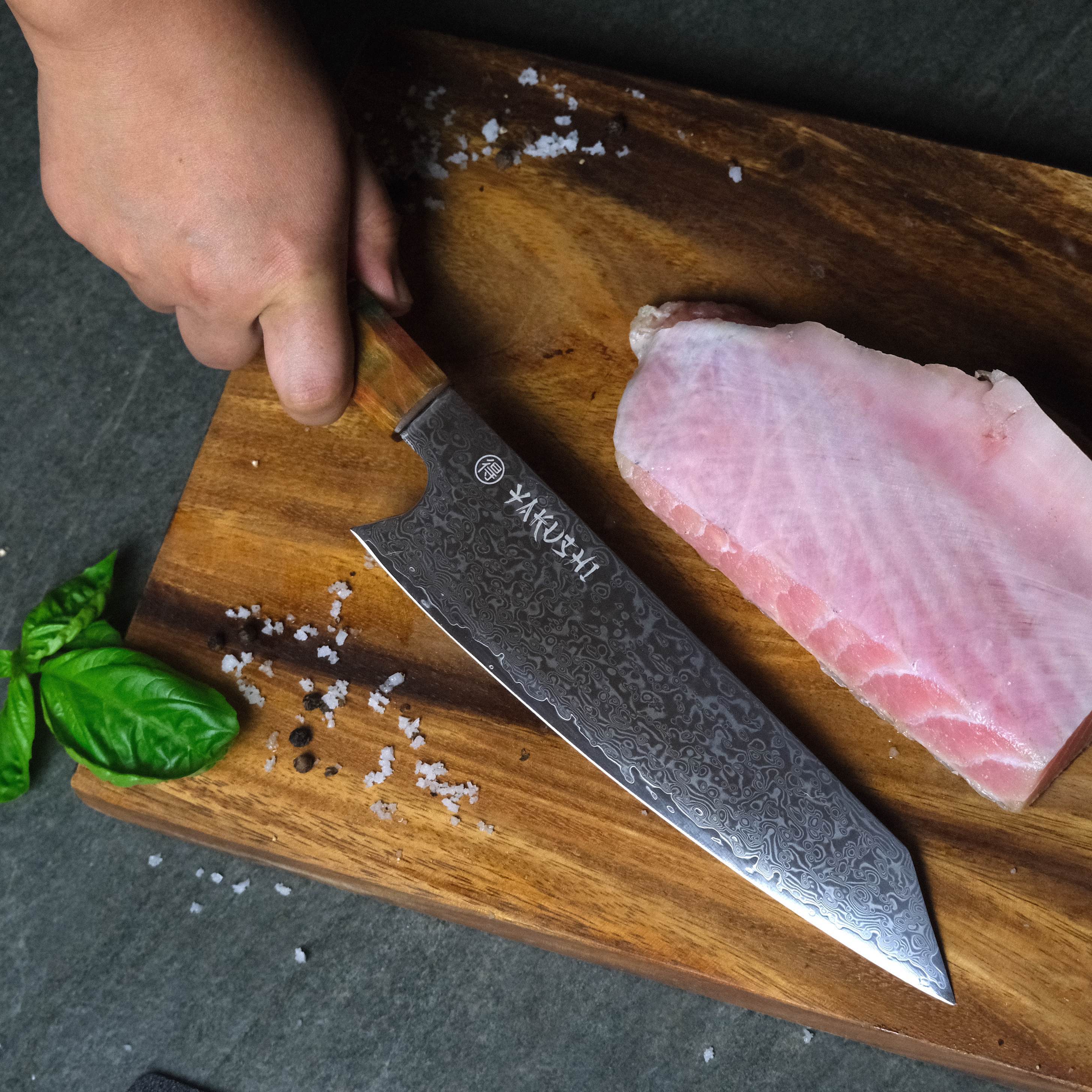
Importance of choosing the right knife for your kitchen
Let's delve into the importance of choosing the right knives for the kitchen:
- A well-chosen knife boosts your precision and efficiency. Quality knife needs less effort to cut items, whether you are slicing delicate herbs or tackling cutting tough meat, the right blade allows smooth, well-to-do cuts.
- Another vital aspect is safety; having knives made of quality materials assures that you get your job done effectively every time. You have more control, and the risk of slippage and cutting your fingers decreases with a sharp blade. A quality knife delivers your work faster, and accidents caused by incorrect technique or excessive force are also reduced.
- It is a long-term decision to invest in high-quality knives, although they might come with high price tags, and they are built to last. The blades will rarely lose their edge because these metals are not susceptible to rusting. Quality knives improve your performance and are durable.
Considerations when Choosing a Kitchen Knife
Focus on the essentials
Generally, you just need two knives in your kitchen: a serrated bread knife and a chef’s knife. Except for crusty bread, the chef’s knife cuts almost everything. A paring knife is among the best cutting knives for items like strawberries; you can keep it to the basics unless you are committed to building or buying a full set.
Size
The size of your chef’s knife requires some consideration. The most common knives you will find are between 6 and 10 inches long. Shorter-blade knives are convenient to control and handle, but longer-blade knives are suitable to slice large and stiff items. You can evaluate the size of the knives according to the comfort of your hand as well as the tasks being performed.
Comprehend the terminology
Knives are stamped or forged; forged knives tend to be more expensive and are designed by cutting a single piece of molten steel and beating it into a desired shape. They are less likely to bend with time as the forged blades are less flexible than stamped ones.
While stamped knives usually have the same overall thickness, they are finer at the cutting edge and are created by a cookie-cutter-type machine. So choose wisely, whatever suits your requirements.
Composition
Commonly, the metal used to design most knives is steel; however, many knives use a blend of carbon steel and stainless steel of varying qualities. Carbon steel can take a better edge, while carbon steel resists corrosion and rust. If you need a combination of both metals, you can look for a knife offering high-carbon stainless steel.
Blade shape
Various knives have dissimilarities in the shape of their blade including, curved, straight, or serrated. For chopping vegetables, a straight blade is great whereas a serrated blade fits perfectly for a smooth slice of tomato or bread.
Popular Types of Kitchen Knives
A sharp and robust blade along with a comfortable grip supports the perfection in dicing, slicing, mincing, and chopping requirements. There is a wide variety of knives available including:
Japanese Collections to Consider
Chef Knife
Chef’s knife is a must-have and one of the most versatile tools for any professional chef. This knife will make your cooking sessions a lot more exciting, fun, and easy. It is good to go for dicing and chopping fruits, vegetables, and herbs. The Yakushi Damascus chef knife blade is a perfect example of a seamless blend of functionality and beauty. This steel blade is handmade with a sharp edge, comfortable handle, and mesmerizing pattern. The knife is made with durable and premium materials and is equipped with an elegant handle of blue resin and ergonomic wood.
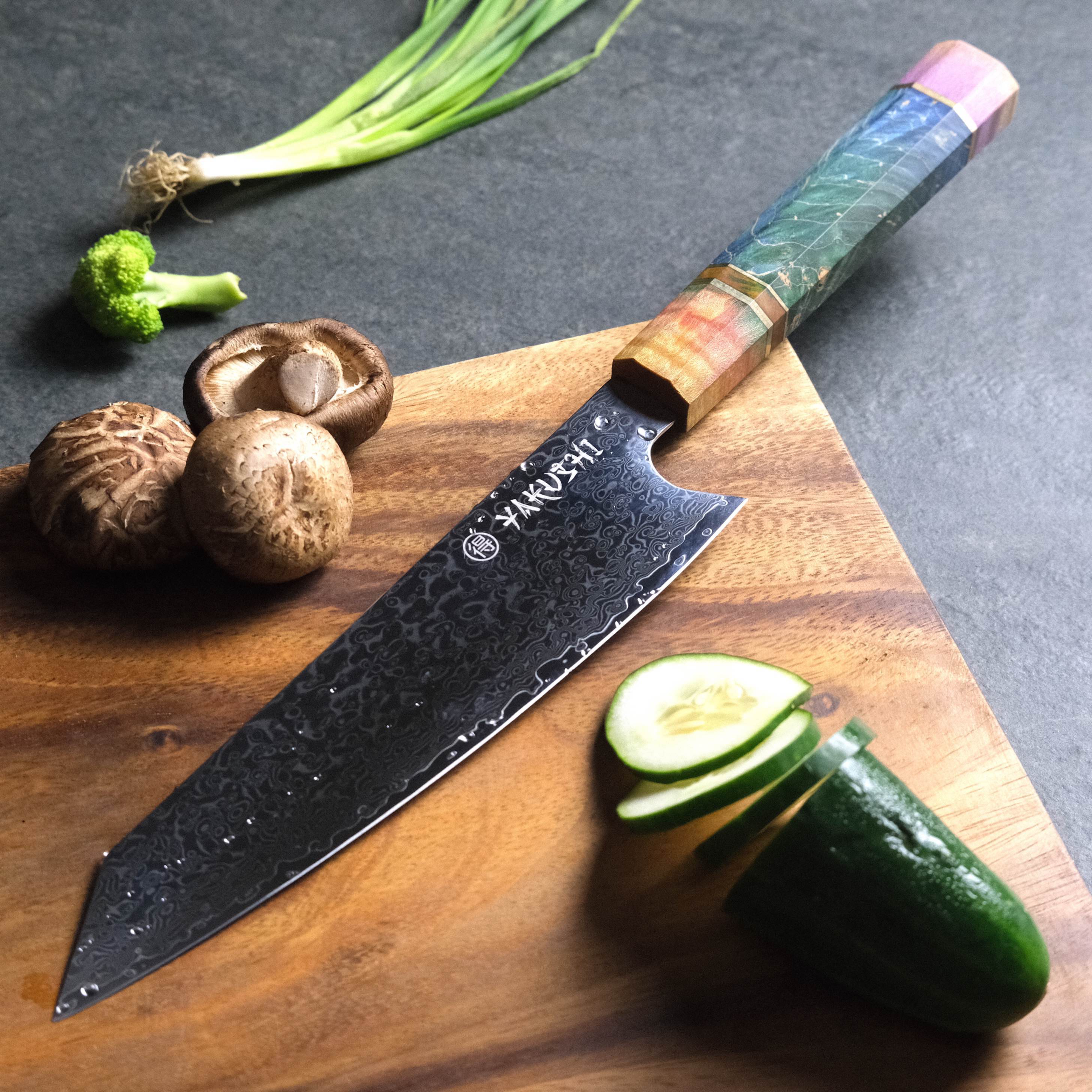
Damascus Kiritsuke Knife
This knife is traditionally used in Japan, the forte of the knife is the unique blade that makes it versatile to function. The knife offers many uses in the kitchen from smooth into the meat to consistent vegetable slicing. For instance, Kiritsuke’s knives come with a sandalwood handle that is designed with a unique pattern and a blend of different hues. It is composed octagonally which provides comfort to your hands and wrists while cutting. On top of it, the captivating design on the blade makes it visually fascinating.

Butcher Knife
The butcher knife is one of the most robust and heaviest essential kitchen knives, equipped with a heavy blade providing comfort and balance to accomplish heavy work. With extreme durability the flat-shaped belly of the Yakushi Handmade Butcher knife allows you to slice and cut up big chunks of meat. Chopping vegetables and much more. This true companion of heavy chopping is framed using high-carbon premium Serbian steel.

Other Important Kitchen Knives
Nakiri knife
It is a useful kitchen knife that can be utilized for multitasking. With a serrated edge, this knife is ideal for cutting smaller ingredients, slicing herbs, mincing shallots, cleaning and cutting your veggies, cheese fruits, etc.
Bread Knife
You will need a serrated knife to squash a fluffy loaf. A bread knife is what you need to gently carve through crusty or soft bread without crushing it. It can also be used to cut tomatoes, seafood, poultry, and cakes. It is better to buy a set of knives instead of just one because you will have a knife for every task. The 8-piece knife set from Yakushi knife’s collection includes a bread knife, providing you lots of options.
Boning Knife
A boning knife must be present in your kitchen if you are a meat or fish lover. Whether you want to cut or debone meat or filet fish, you will require a boning knife. Alternatively, it can also be utilized to peel or trim vegetables. The 8-piece set from Yakushi knife also features a boning knife , get this set to have a variety of knives ready to use whenever you need them.
Tips for Testing and Maintaining Your Knife
Testing your Kitchen Knife
You must test your knife before putting it into practice so that your cuts are clean and smooth. Here are some ways to test the sharpness of your knife:
Paper Test
- Hold the paper with your non-dominant hand by its corner, keeping the paper perpendicular to you. At a 90-degree angle, hold the paper ensuring that it does not slip while cutting through it.
- Ensure your knife is in a comfy position, keep the blade facing away from you and the handle facing toward your body.
- At the top middle of the paper place the edge of the blade. Pull down the knife along the length of the paper to cut through it.
- Your knife is not sharp if the cut is uneven and jagged.
- Your knife is perfectly sharpened if you can easily make a clean cut through the paper.
Tomato Test
- Cut the tomato in half and rest it on a chopping board.
- Hold the knife in your pre-dominant hand, perpendicular to the cutting board.
- From tip to base, slowly slide the blade against the very top of the tomato.
- If you face trouble cutting into the tomato, creating a jagged cut, or getting stuck during the cut, then you will be required to sharpen your knife.
- If your knife is making a thin, straight, and clean cut without putting on much effort, then your knife is perfectly sharpened.
Visual Inspection
- Inspect the edge of the blade for any dull marks, by looking down and rotating the knife from both sides.
- Your blade will reflect light if it is bent in any spots indicating that your knife needs sharpness.
- By holding the knife, check if it flattened or chipped off, if you discover any imperfectness you will have to sharpen the knife further.

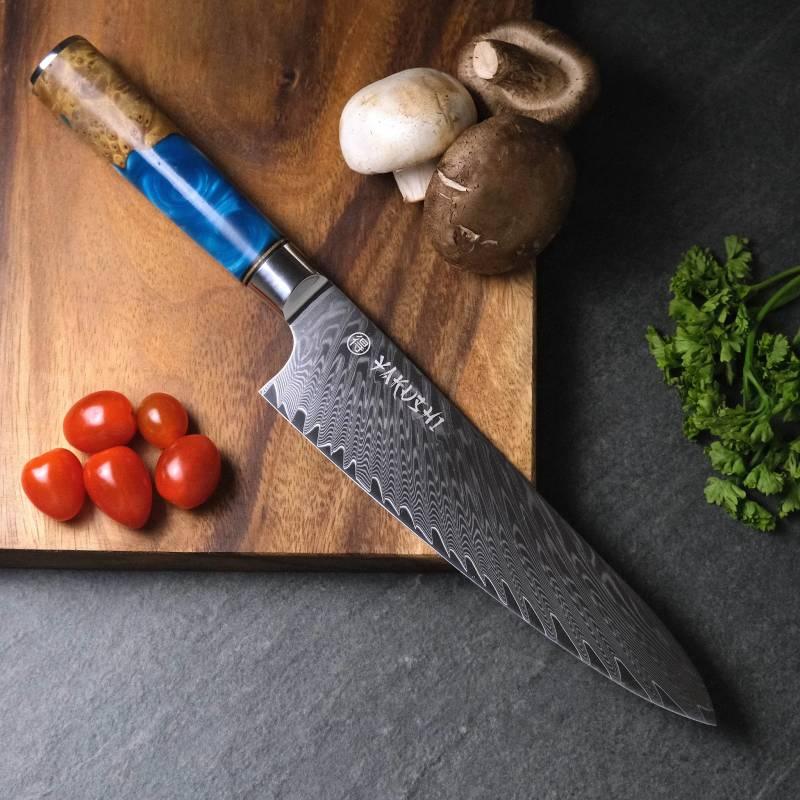
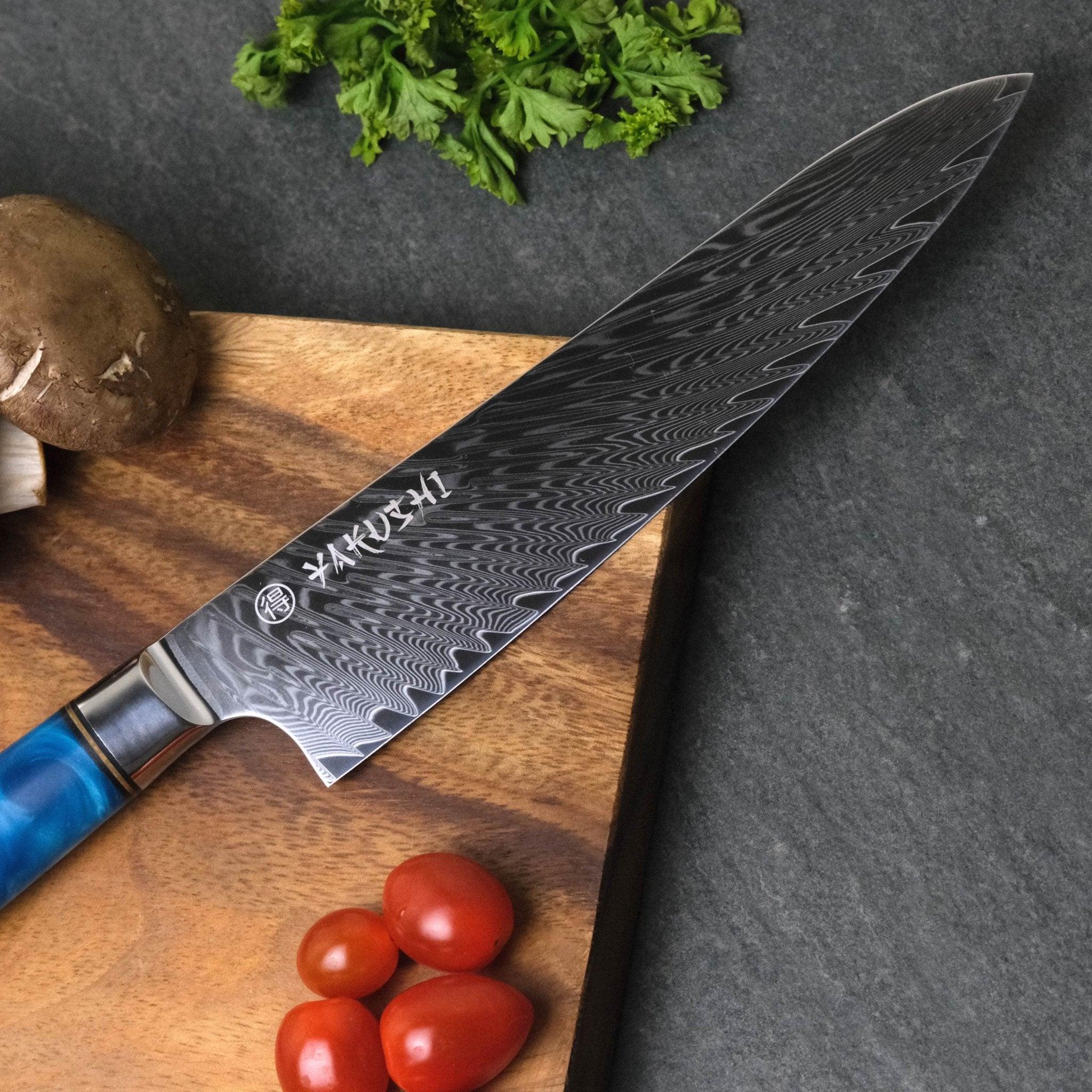
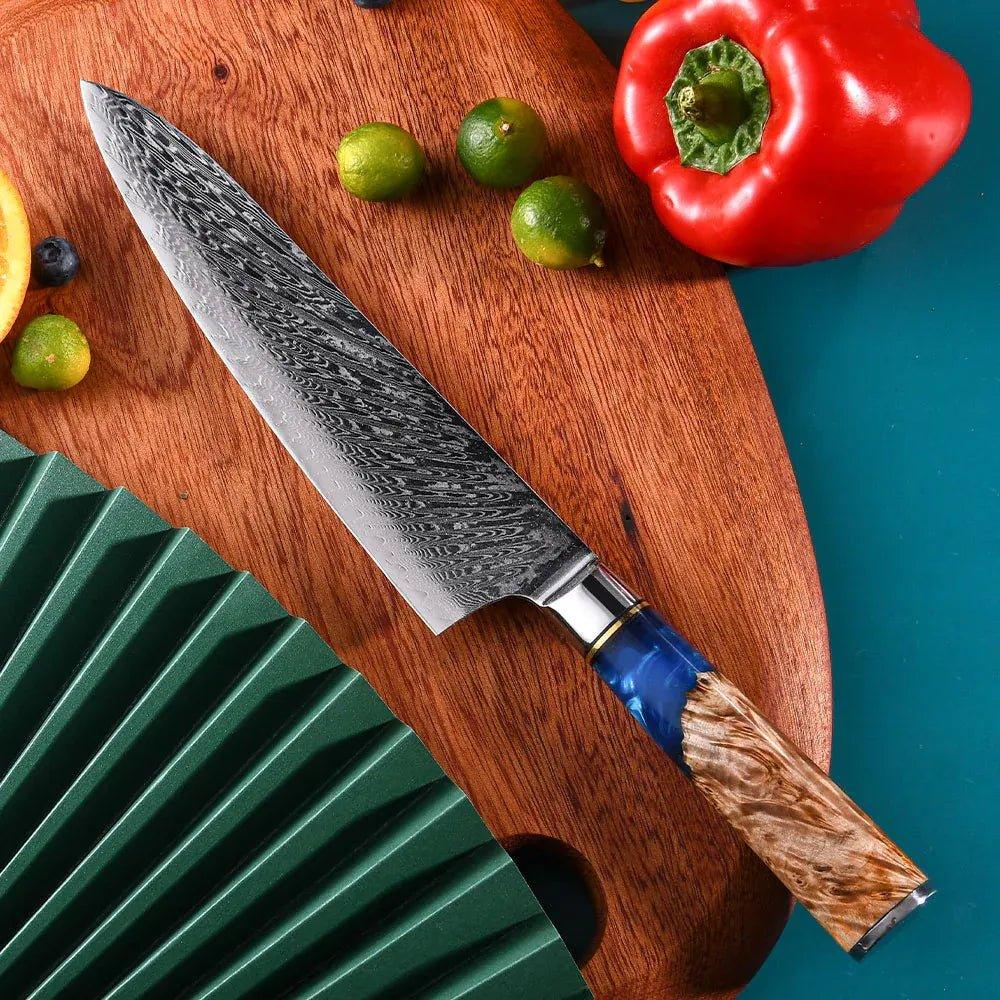
Leave a comment
This site is protected by hCaptcha and the hCaptcha Privacy Policy and Terms of Service apply.